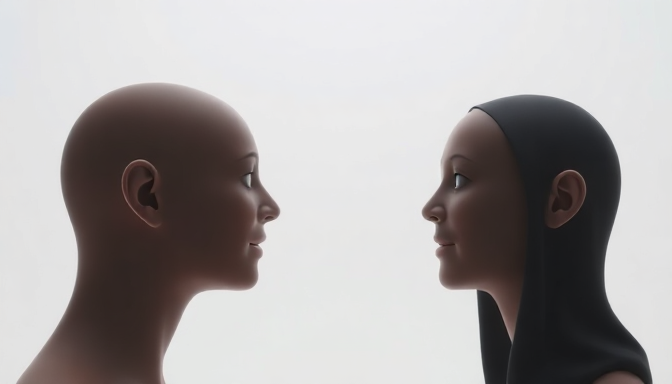
Introduction to Voice Cloning Technology
Creating a truly immersive and personalized conversational AI avatar requires more than just a realistic face and body; it needs a voice that resonates with the user. This is where voice cloning technology plays a pivotal role. It allows us to capture the unique characteristics of a person's voice—their pitch, tone, cadence, and accent—and use that information to generate new speech that sounds remarkably like them. For our avatar platform, this means taking the isolated voice track from the user's uploaded video and creating a digital voice model that can speak the chatbot's responses in the user's own voice.
At its core, modern voice cloning relies on sophisticated deep learning models, often a combination of techniques like Tacotron or Transformer-based architectures for text-to-speech (TTS), coupled with systems designed to model and replicate vocal characteristics. These models learn the intricate patterns of human speech from audio data. When provided with a sample of a specific voice, they can adapt their output to mimic that voice's unique signature.
The goal isn't just to produce intelligible speech, but speech that carries the subtle nuances that make a voice recognizable. Think about the slight hesitations, the way certain words are pronounced, or the underlying emotional tone. Capturing these elements is what elevates a generic text-to-speech output to a convincing voice clone, making the avatar feel like a genuine digital extension of the user.
